Search
Search Results
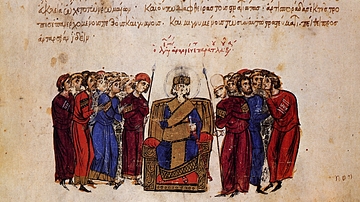
Image
Proclamation of Leo V the Armenian
An illustration from a 12th century CE manuscript depicting the proclamation of Leo V the Armenian, emperor of the Byzantine Empire from 813 to 820 CE. (Madrid Skylitzes, National Library, Madrid)
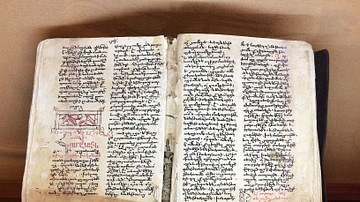
Image
Aristotelian Manuscript in Armenian
This is a 14th century CE manuscript in Armenian on the discoveries made by the ancient Greek philosopher Aristotle. The text of this document was first translated from Greek into Armenia in the 6th century CE. (Mesrop Mashtots Institute...
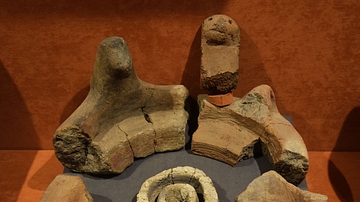
Image
Fragments of Ancient Armenian Hearth
These are fragments that were originally part of an ancient Armenian hearth. (Metsamor Historical-Archaeological Museum-Reserve, Taronik, Armenia)
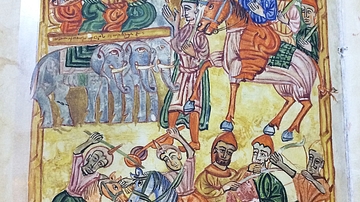
Image
Persian & Armenian Battle Scene
Although this manuscript edition of the "History of Vardan and the Armenian War" was finished in 1569 CE, this illustration shows a battle between the Armenians and the Persians in the 5th century CE. Take special note of the Persian elephants...
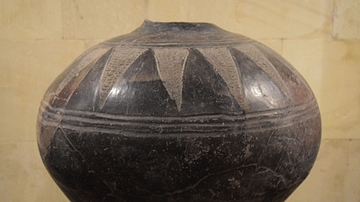
Image
Prehistoric Armenian Ritual Jug
This prehistoric ritual jug was made from clay and has stylized geometric decor. It comes from what is present-day Armenia and dates from the 11th-9th century BCE. Geometric decor commonly appears on vases and other ritual vessels during...
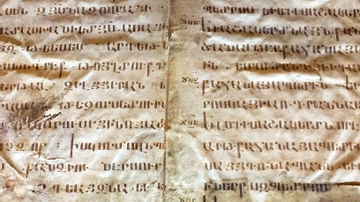
Image
Fragment of Armenian Manuscript
This is a parchment fragment from an Armenian manuscript created in the 10th century CE. (Mesrop Mashtots Institute of Ancient Manuscripts, Yerevan, Armenia)
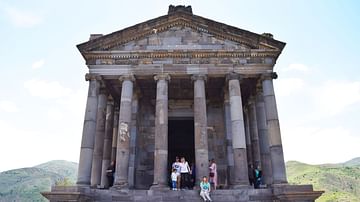
Definition
Tiridates I of Armenia
Tiridates I (Trdat I) ruled as the king of Armenia from 63 to either 75 or 88 CE). Considered the founder of the Arsacid dynasty proper, his reign got off to a rocky start with invasions from Rome and Parthia but, once crowned in a lavish...
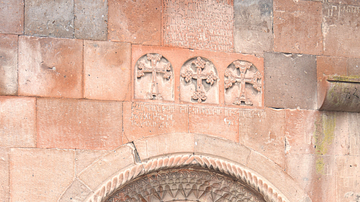
Image
Entrance to the Armenian Khor Virap Monastery
Entrance to the Khor Virap Monastery, which is located near the border with Turkey some 8 km (5 mi) from the town of Artashat, Armenia. It is one of the most visited and sacred sites in Armenia.
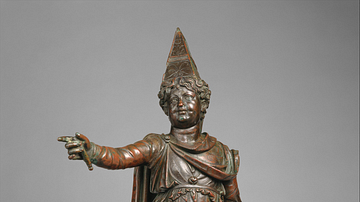
Image
Statuette of a Boy in Armenian dress
This bronze statuette was part of a matching pair of statuettes found in the region of Alexandria, Egypt and dates to the mid-late 1st Century BCE. The statuette portrays a boy in Eastern garb, possibly a prince or deity. The precise identity...
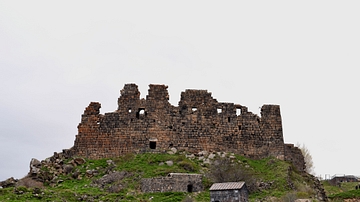
Image
View of the Armenian Fortress Amberd
Before Amberd Fortress was constructed in the 7th century CE, Stone Age peoples, the Urartians, and even the Romans used and understood the location's strategic advantages, lying at the intersection of the Amberd River and the Arkashen River...